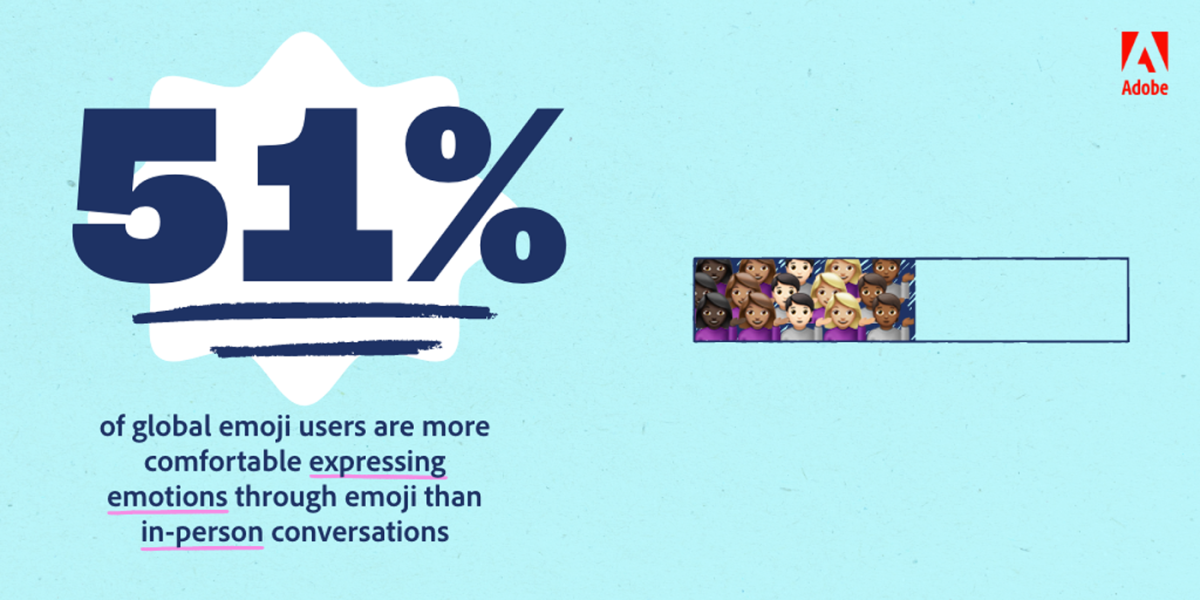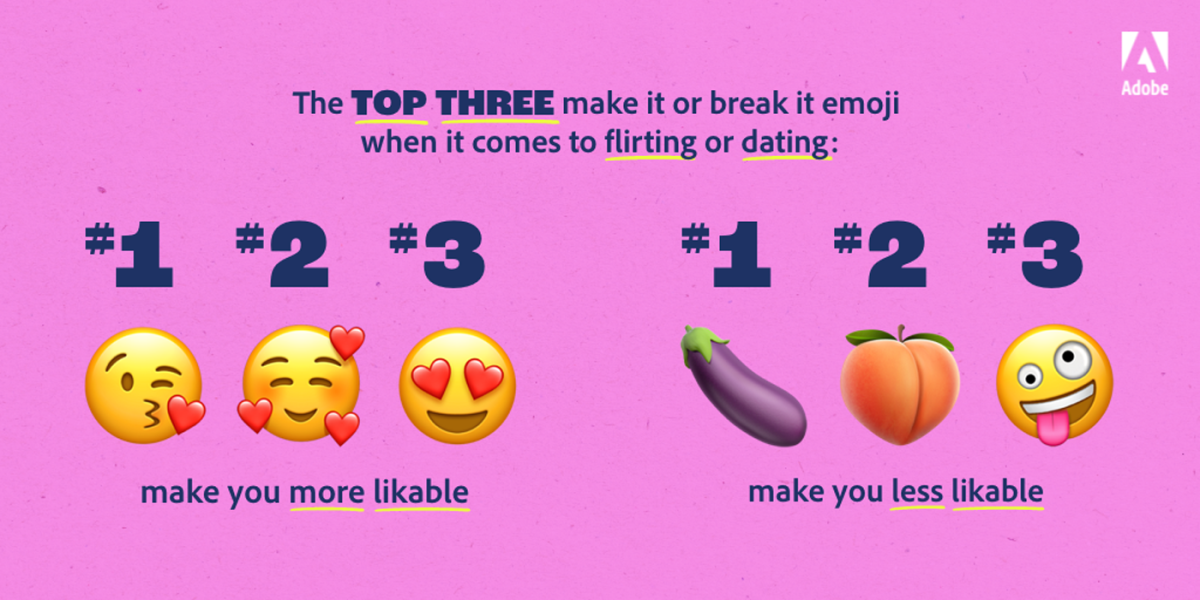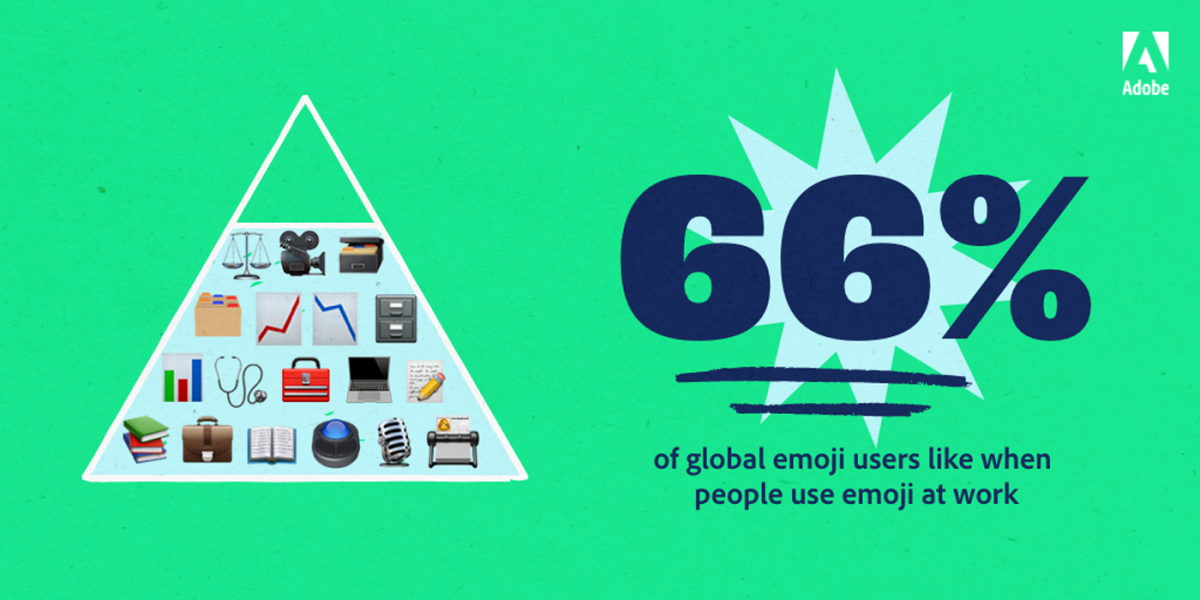

Like the cavemen and the ancient Egyptians before us, contemporary humans are freaking obsessed with using little pictures to communicate. In honor of this year’s World Emoji Day — a holiday about which I can only ::person shrugging emoji:: — Adobe has done the research and is ready to release its 2021 Global Emoji Trend Report. ::party horn emoji:: ::dove emoji:: ::dove emoji:: ::dove emoji::

The report surveyed 7,000 people in the United States, United Kingdom, Germany, France, Japan, Australia, and South Korea, and offered some fascinating takeaways on our enthusiasm for using emoji to communicate, how they are received, and perhaps most importantly, how they are sometimes misunderstood. A summary of the findings was written for the Adobe Blog by Paul D. Hunt, Adobe typeface and font designer, and the designer behind Unicode Consortium‘s first gender-inclusive emoji.
“Language can be very abstract, and this is especially the case when we are communicating in the digital realm without seeing someone’s facial expressions or gestures or hearing their tone of voice,” said Hunt. “I believe we respond more emotionally to imagery, and so, emoji can help approximate tone of voice, gestures and emotional reactions better with imagery than you can with words alone. This is the potential strength of emoji: to help us connect more deeply to the feeling behind our messages sent by digital text.”

And the data seems to bear this out — the report found that 67% of global emoji users think people who use emoji are friendlier, funnier, and cooler than those who don’t. The majority of global emoji users agree that emoji make it easier for them to express themselves (90%) and communicate across language barriers (89%) — a factor not to be overlooked in our increasingly global society.
76% of global emoji users agreed that emoji are an important communication tool for creating unity, respect, and understanding of one another. Emoji even shine in the professional milieu, with research showing that using emoji at work helps quickly share ideas (73%), makes team decision-making more efficient (63%), and reduces the need for meetings/calls (51%). This seems like a lot of heavy lifting for goofy little cartoons, but consider me ::mind-blown emoji::



Of course, the most important way we can use emoji is to flirt, and the report has taken special pains to make sure you’re doing it right. Using heart-faces, including blowing a kiss, surrounded by love, or heart eyes, will apparently make you more likable. Throwing down the goofy-eye, tongue-out face is a turnoff, as are the risqué suggestion of eggplant and peach. This may connect to the fact that the sexual innuendo of the produce is not universally understood, with them ranking as the top two most misunderstood emoji, along with clown face in third place. Just keep it in your digital pants, ya joker.
Pitfalls of produce aside, it seems that emoji have a real place in global interpersonal communications. More than half of global emoji users agree that using emoji in communications has positively impacted their mental health (55%), so honing your emoji-literacy seems like a worthwhile undertaking. For those ready to deep-dive into the world of contemporary hieroglyphics, the documentary By Design Heroes: Emoji will premiere, featuring Paul D. Hunt’s perspective on the 2021 Global Emoji Trend Report findings and work advocating for representative emoji for all. The doc will air on CBS LA and SF/Bay Area at 9:30 pm (PST) on World Emoji Day, July 17. ::popcorn emoji::
0 Commentaires